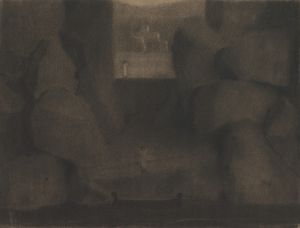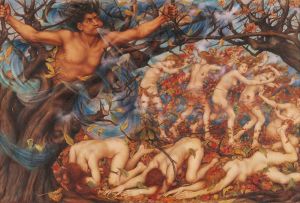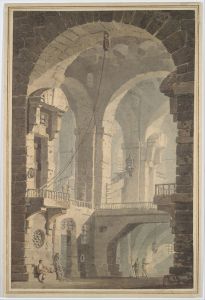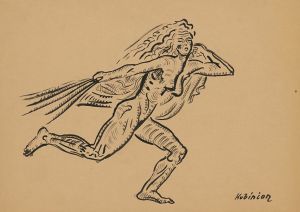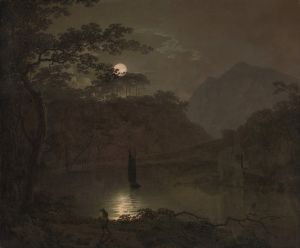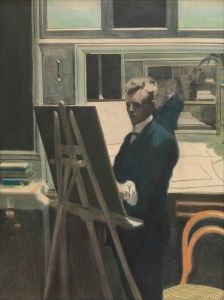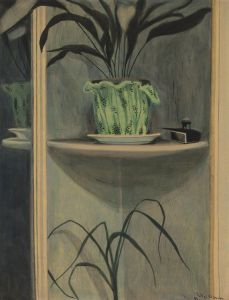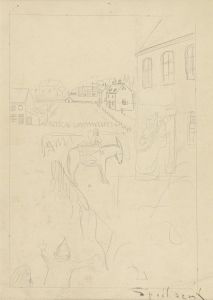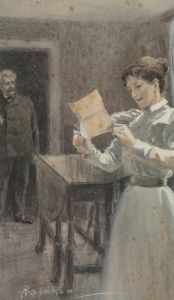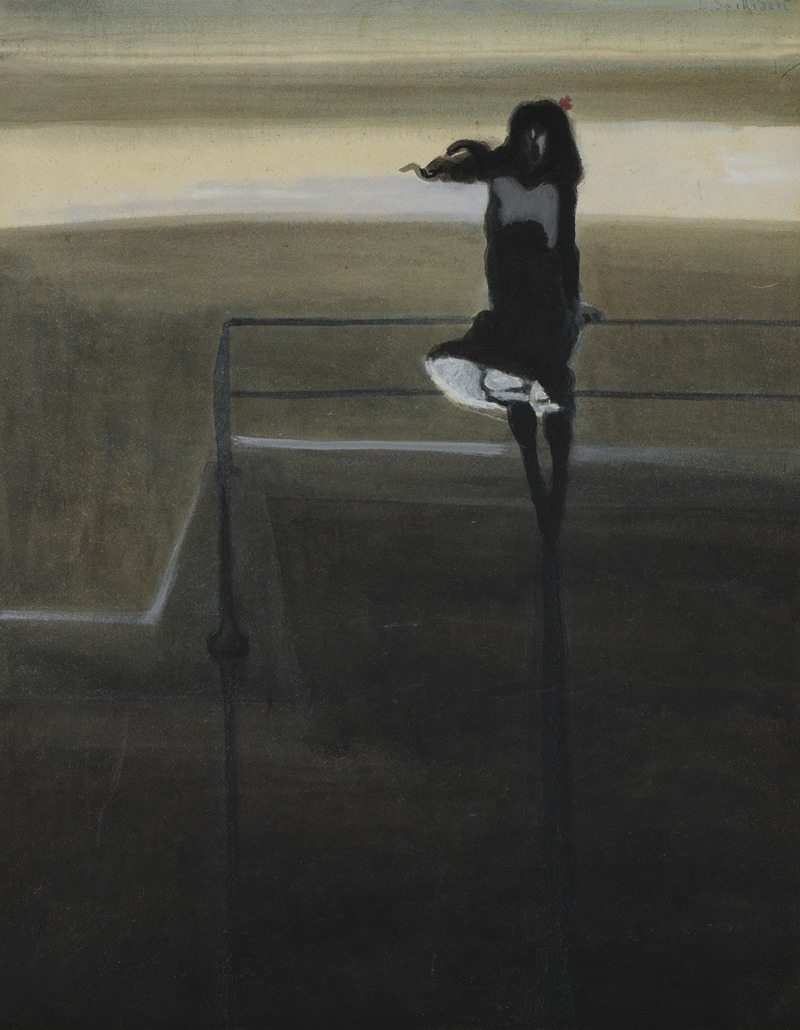
The gust of wind
A hand-painted replica of Léon Spilliaert’s masterpiece The gust of wind, meticulously crafted by professional artists to capture the true essence of the original. Each piece is created with museum-quality canvas and rare mineral pigments, carefully painted by experienced artists with delicate brushstrokes and rich, layered colors to perfectly recreate the texture of the original artwork. Unlike machine-printed reproductions, this hand-painted version brings the painting to life, infused with the artist’s emotions and skill in every stroke. Whether for personal collection or home decoration, it instantly elevates the artistic atmosphere of any space.
Léon Spilliaert, a Belgian symbolist painter, is known for his unique style that often combines elements of symbolism and expressionism. One of his notable works is "The Gust of Wind," which exemplifies his distinctive approach to capturing mood and atmosphere. Spilliaert was born in Ostend, Belgium, in 1881, and his coastal hometown frequently influenced his art, providing a backdrop for many of his works, including "The Gust of Wind."
"The Gust of Wind" is a painting that reflects Spilliaert's fascination with the interplay between nature and human emotion. While specific details about the creation of this painting are limited, it is consistent with Spilliaert's broader body of work, which often features solitary figures, stark landscapes, and a sense of introspection. His works are characterized by their use of muted colors, dramatic lighting, and a haunting, almost ethereal quality that invites viewers to explore the deeper emotional undercurrents present in the scene.
In "The Gust of Wind," Spilliaert likely employs his signature style to convey the power and unpredictability of nature. The painting may depict a scene where the wind is a central element, influencing the environment and the figures within it. Spilliaert's ability to capture the essence of wind—its movement, its invisible force, and its impact on the world—demonstrates his skill in translating intangible elements into visual art.
Spilliaert's work often reflects his personal experiences and emotions, and "The Gust of Wind" could be interpreted as an exploration of solitude and introspection. The artist frequently used his art as a means of expressing his inner thoughts and feelings, and this painting might serve as a metaphor for the internal struggles or moments of clarity that can arise in the face of nature's raw power.
Throughout his career, Spilliaert was influenced by various artistic movements and figures, including symbolism and the works of artists like Edvard Munch and James Ensor. These influences are evident in his use of color, composition, and subject matter, all of which contribute to the unique atmosphere of his paintings. "The Gust of Wind," like many of Spilliaert's works, is marked by its ability to evoke a strong emotional response, drawing viewers into a world where the boundaries between reality and imagination are blurred.
Spilliaert's legacy as an artist is defined by his ability to capture the essence of the human condition through his evocative and often enigmatic works. "The Gust of Wind" stands as a testament to his skill in portraying the subtle nuances of emotion and the natural world. Today, Spilliaert's paintings continue to be celebrated for their innovative approach and their ability to resonate with audiences, offering a glimpse into the mind of an artist who was deeply attuned to the complexities of both the external and internal worlds.





